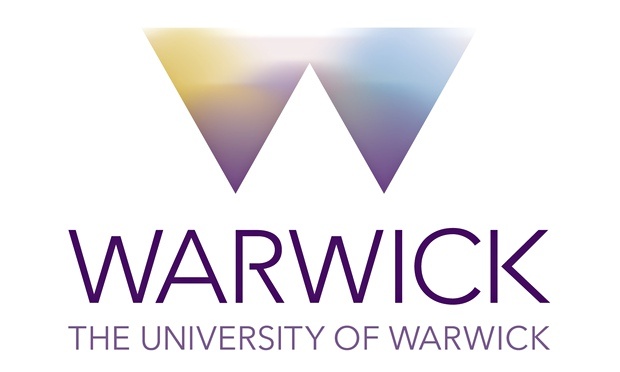The NHS looked different after 1999. The NHS ‘blue lozenge’ logo, the background in blue pantone 300, 2.4 times as wide as high, the letters in Frutiger Bold Italic white font, with further strict rules on its position, size, and surrounding margin, has become ubiquitous. It is hard now to find a picture of the NHS that escapes this symbol and its colour. It is there to be found on signposts, uniforms, publications, equipment, and websites. We are constantly reminded that this is the NHS. The logo, more than anything else, has emerged as the visual symbol of our National Health Service.
This symbol, and the very idea of a consistent corporate identity and ‘branding’ for the service, is remarkably new. Despite the challenge of providing unity in the new NHS, its introduction and early years involved no such systematic branding exercise, and no comparable universal logo. Even the NHS acronym had not yet become widespread. In many instances, people were told about the ‘new health service’, not even the ‘National Health Service’. Labelling was far less consistent and less important than it was to become. This contrast is particularly striking in relation to the introduction of the new service, when the challenges of providing a sense of unity were considerable. Thereafter, it probably reflects the fact that the unity of the service was increasingly not in question: there was less need to tell people that this was the NHS.
The absence of universal branding is evident as late as 1988, when the Labour Party attracted criticism for its use of a red cross as a symbol to present the NHS and its vulnerability to Conservative spending cuts (the use of the international symbol of the Red Cross perhaps the clearest symbol to represent healthcare, but its use in breach of the Geneva Convention). After the 1990s, not just the NHS itself but protest campaigns in support of the service would invariably incorporate the blue lozenge logo.
The introduction of an internal market in the NHS in the 1990s was an important factor encouraging the move to branding. It saw the emergence of the blue lozenge symbol, but it also led to a profusion of brands as different sections of the NHS competed for business. The decision of the new Labour government to move to a single identity at the end of the decade reflects a desire to reassert a sense of unity (it was claimed that there were some 600 logos in operation), but also the need to distinguish NHS services from those of commercial companies and charities. Undertaken as a self-conscious branding exercise, this was also characteristic of a broader rise in branding and the growing influence of marketing and design. It met criticism for diverting funding from service provision, though supporters argued that there would be efficiencies involved, such as saving on multiple designs and being able to supply a single type of uniform. Intriguingly, the private health provider BUPA undertook a rebranding exercise of its own at the same time, aiming to put more emphasis on its role as a health provider, not just an insurer: BUPA was to be the ‘personal health service’. The parallels to the NHS branding exercise, in timing and language but also in logo design are striking.
The emergence of this stricter ‘brand’ identity sparked fears about the erosion of distinctive identities within the NHS. Some hospitals did not initially comply. The Whittington Hospital in London, for instance, was able to integrate its existing use of the black Dick Whittington’s cat symbol into signage for the hospital, albeit alongside the NHS logo. It would go on to sell merchandising adorned prominently by this symbol: tea towels, cups, even hot water bottles. It is also striking that it was the distinctive black cat logo which appears to have been to the fore in campaigns in defence of the hospital.
Great Ormond Street Children’s Hospital provides another interesting case. Although it was incorporated into the NHS in 1948, it had continued to be associated with its own mother and child logo. Following the relaxation of restrictions on charitable fund-raising by individual hospitals in 1982, the hospital launched its Wishing Well appeal of 1987-8, accompanied by a new logo that used the image of a crying child. With the launch of the new NHS guidelines on branding, this symbol was adopted by the separate entity of the Great Ormond Street Hospital Charity, and it was instead the standard NHS logo which would adorn the hospital. Nevertheless, when the hospital was made the centre-piece of Danny Boyle’s homage to the spirit of the NHS in the opening ceremony of the 2012 Olympics, it was the logo of the crying child, not just the NHS logo, which helped to symbolise national pride in the service.
The process of devolution has complicated the mission of branding the NHS. The blue lozenge logo now applies to only part of the NHS, the NHS in England. Scotland and Wales have their own logos. Northern Ireland has a different name and organisation altogether. Setting aside this four-nations problem, the branding of the NHS has been a huge success in terms of its ubiquity. Research has suggested a 95% recognition rate. Whether it captured the values of the service, as initially intended, is another question. Campaigns to ‘save the NHS’ would often incorporate the symbol, but this was not always the case. Just as apparent was criticism that the NHS, in an era of purchasing services from other providers, was now in danger of becoming increasingly little more than a brand.
In 2015, commentators reacted with surprise when they saw an Islamic State youtube video announcing its launch of an Islamic State Health Service using branding and a logo whose design so closely mirrored that of the NHS. This may have reflected the influence of British-trained doctors amongst the jihadis. However it also indicates that the branding of the NHS had gained not just national but international recognition and kudos. Indeed, NHS providers were now able to take advantage by selling their services abroad, boosted by the power of the logo. This was a further sign that the NHS had not just taken advantage of branding to identify itself to the British people in an era in which that identity was increasingly in question through the introduction of multiple providers, but also that the NHS was in the process becoming a brand to be sold anywhere like any other.
MT


